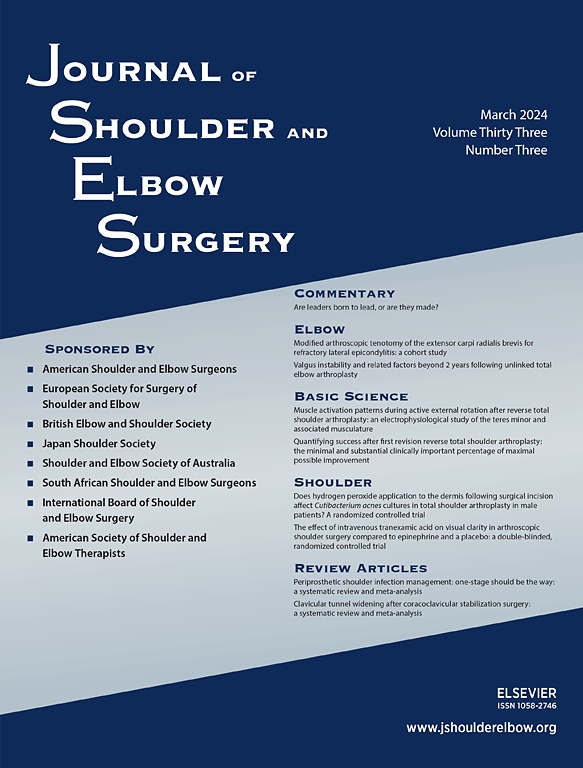
Locking intramedullary nails vs. plates for function after proximal humeral fracture

Locking intramedullary nails vs. plates for function after proximal humeral fracture
Locking intramedullary nails compared with locking plates for two- and three-part proximal humeral surgical neck fractures: a randomized controlled trial
J Shoulder Elbow Surg. 2016 May;25(5):695-703.Did you know you're eligible to earn 0.5 CME credits for reading this report? Click Here
Synopsis
72 patients with proximal humeral fracture were randomized to undergo surgical treatment via fixation with either intramedullary nails or interlocking plates for the purpose of comparing clinical outcomes throughout a 12-month follow-up period. Outcomes of interest included shoulder pain, function, shoulder passive range of motion, radiographic analysis, requirement of re-operation, and incidence ...
To view the full content, login to your account,
or start your 30-day FREE Trial today.
FREE TRIAL
LOGIN
Forgot Password?
Explore some of our unlocked ACE Reports below!

Learn about our AI Driven
High Impact Search Feature
Our AI driven High Impact metric calculates the impact an article will have by considering both the publishing journal and the content of the article itself. Built using the latest advances in natural language processing, OE High Impact predicts an article’s future number of citations better than impact factor alone.
Continue



 LOGIN
LOGIN

Join the Conversation
Please Login or Join to leave comments.